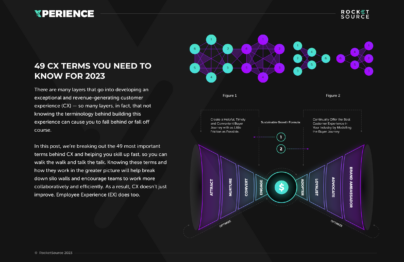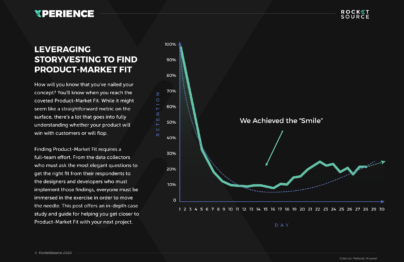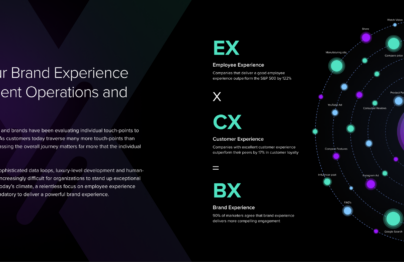User experience (UX) refers to a person’s overall emotional and logical experience while working with a brand and using a product or service. These interactions can happen at any point along the bow tie funnel.
Typically, organizations associate UX with the Software as a Service (SaaS) industry. UX tends to be thought of as the experience someone has while working on an application or via a website. However, true UX spans all of a company’s offerings. It requires that, as a user moves through their customer journey with the organization, they’re met with a smooth, cohesive and personalized transition from touchpoint to touchpoint. This seamless journey requires that organizations understand their consumers’ emotional and logical needs throughout the multiple layers of their experience.

User Experience and Customer Experience are Not The Same
The terms user experience and customer experience are often used interchangeably, but they are not one and the same. Customer experience is the sum of all a person’s individual experiences with your brand over time. User experience is a subset of that idea, focusing specifically on elements including:
- Usability
- User research
- Visual design
- Interaction design
- Ease of flow
Continued refinement of this experience requires that organizations lean into employee feedback to understand which areas of that experience to prioritize and which areas need improvement. In aligning employee and customer feedback, organizations can create a stronger user experience from start to finish, top to bottom.
Leveraging Employee Data for Better User Experiences
Often, UX is approached through the lens of the customer. That lens makes sense, given that UX is all about the user. Still, there’s an untapped opportunity when organizations don’t dig deeper and tap into their employees for feedback throughout the journey. That’s where the Customer Insights Map comes into play.
This Customer Insights Map, or User Insights Map, showcases a buyer’s various experiences across their entire journey with the organization. In looking at this map, you can see several core elements of the user’s experience. There’s empathy mapping to highlight what a user is thinking, feeling, saying and doing at each stage of their journey. There’s convergence divergence mapping to highlight misalignments between the customer and employees that could erode the overall UX. And, there’s detail around content flow and platform interactions that can pinpoint where the UX can be refined.
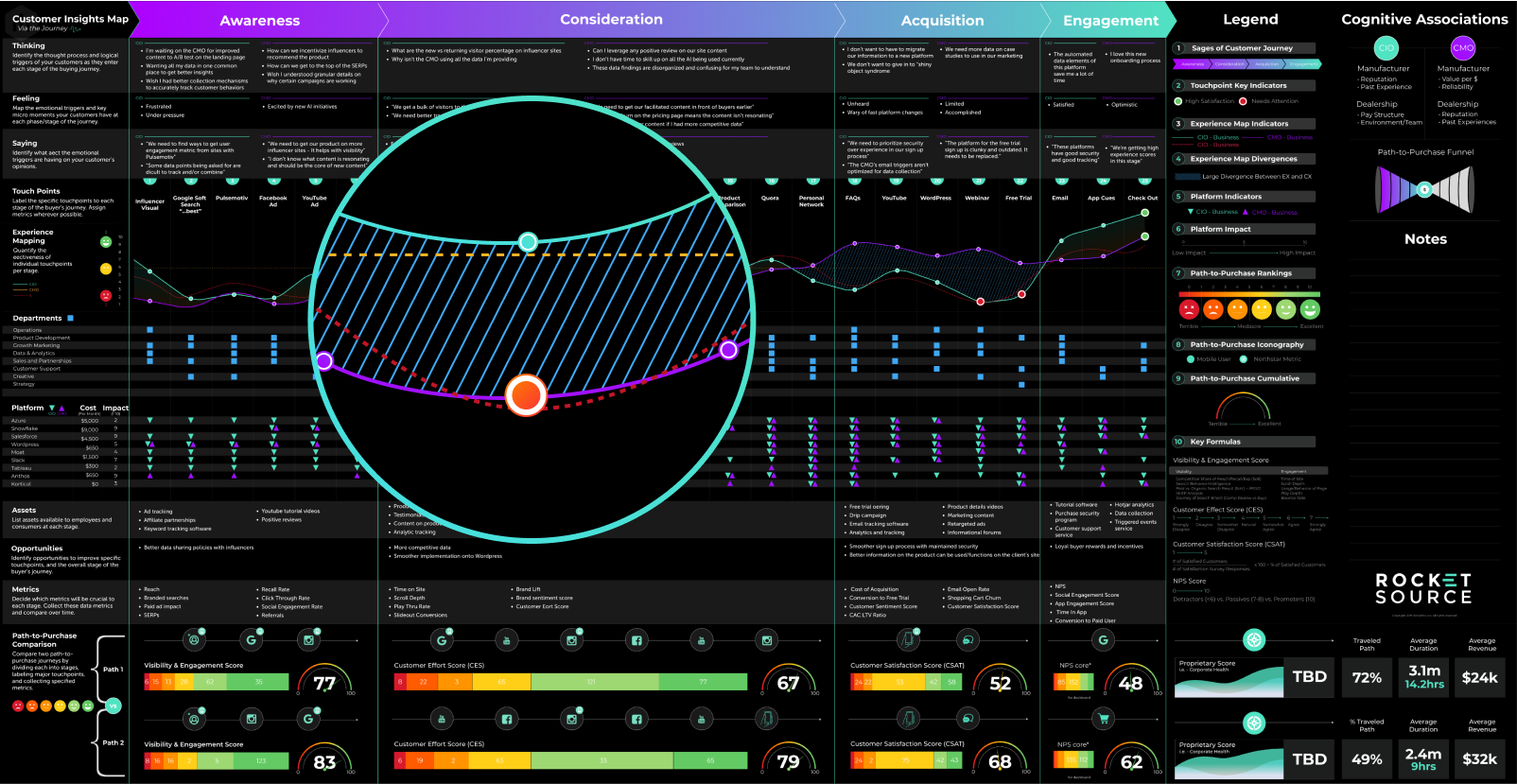
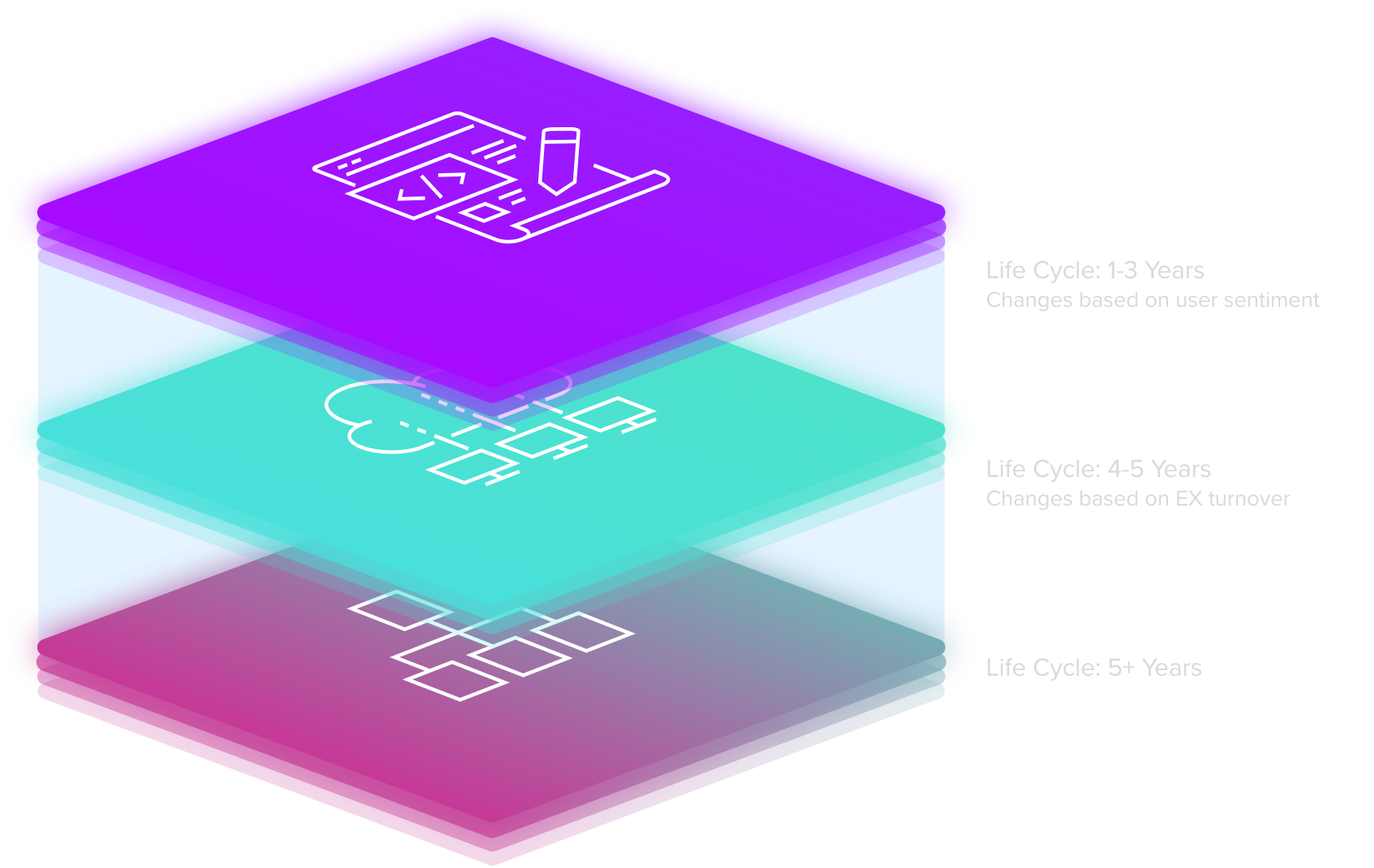
Data Looping to Build a Sublime User Experience
Visualizing and leveraging insights are paramount to developing a seamless, smooth, sublime UX and CX. The term “user” is critical here, though. It alludes to the “self-serve” portion of the end experience. The user’s ability to navigate their interactions seamlessly and without added effort from customer support or customer service teams allows them to be in the driver’s seat, shapeshifting their own experience.
As technology changes, so do user expectations. As such, UX is constantly in flux, continuously updated to keep your organization relevant against today’s macroeconomic backdrop. The more you gather new data about what users are doing on your website, your application, and any interface used within your organization, the better you can find holes in the user’s experience and patch them to get closer to product-market fit.
Reaching this point requires intelligent data looping. It requires you to gather employee and customer data and then loop that back into the end user’s experience. From there, you can test, tweak and update your product more proactively without falling behind.
The Importance of Understanding User Experience
A sublime user experience goes beyond making things look and feel good. It’s about leveraging automation to put the user back in the driver’s seat and watching how they navigate their journey with your organization. The easier that navigation feels, the better the experience and the more successes will follow.
Lean Into Product-Led Growth
Product-led growth requires teams to align the product, growth and retention through a positive user experience. This alignment for improved UX stems from data loops that offer the right information about the customer journey at the right time.
Humanize the Business
User experience is often considered in software, where interactions are done via the screen. Organizations can humanize the business and soften UX by offering tangible and tactile human touches throughout the journey.
Refine Your Tech Stack
The tech stack delivers the user experience that must be updated every three to five years. Focusing on UX allows your organization to keep your platforms relevant and up-to-date with market trends without falling victim to shiny object syndrome.
Build Employee Retention
Every player on your team impacts the user experience. By delivering a more sublime user experience, you’ll be better equipped to deliver a better employee experience, which helps to boost retention overall.
Customer Experience (CX) Terms
- 360° Degree View of the Customer
- AI Ops
- Barlow Bands
- Behavioral Triggers
- Bow Tie Funnel
- Brick-to-Click
- Business Impact Analysis (BIA)
- Cognitive Computing
- Cohort Analytics
- Content Mapping
- Conversational User Guidance
- Customer Data Profile
- Customer Experience (CX)
- Customer Friction
- Customer Insights Map
- Customer Journey
- Customer Journey Mapping
- Customer Satisfaction (CSAT)
- Customized Ratios
- CX Intelligence
- CX Led Growth
- CX Metrics
- Data as a Product (DaaP)
- Data as a Service (DaaS)
- Data Culture
- Data Driven
- Data Engineering
- Data Fabric
- Data Governance
- Data Humanization
- Data Hygiene
- Data Looping
- Data Mapping
- Data Mining
- Data Modeling
- Data Monetization
- Data Swamp
- Data Visualization
- Data Warehouse
- Data-Centric
- Descriptive Analytics
- Diagnostic Analytics
- Digital Asset Management (DAM)
- Digital Transformation
- Dirty Data In Dirty Data Out
- Embedded Intelligence
- Empathy Mapping
- Employee Data Profile
- Employee Experience (EX)
- EX to CX Data Mapping
- EX to CX Mapping
- Experience Management (XM)
- Gap Analysis
- Generative AI
- Human-Centered Design (HCD)
- Journey Analytics
- Machine Learning (ML)
- Managed Agile Services on Demand
- Modified Hoshin
- North Star Metric
- Party Data
- Pathway to Purchase
- Predictive Analytics
- Product-Market Fit Mapping
- Real Time Design Looping
- Revenue Acceleration
- RevOps
- S Curve of Growth
- Stack Impact Analysis
- StoryVesting
- Table Stakes Testing
- The 3 P’s
- User Experience (UX)
- User Insights Map
- User Interface (UI)
- Voice of the Customer (VoC)
- Voice of the Employee (VoE)
- World Cloud Generator Sentiment Mining
- X Analytics

